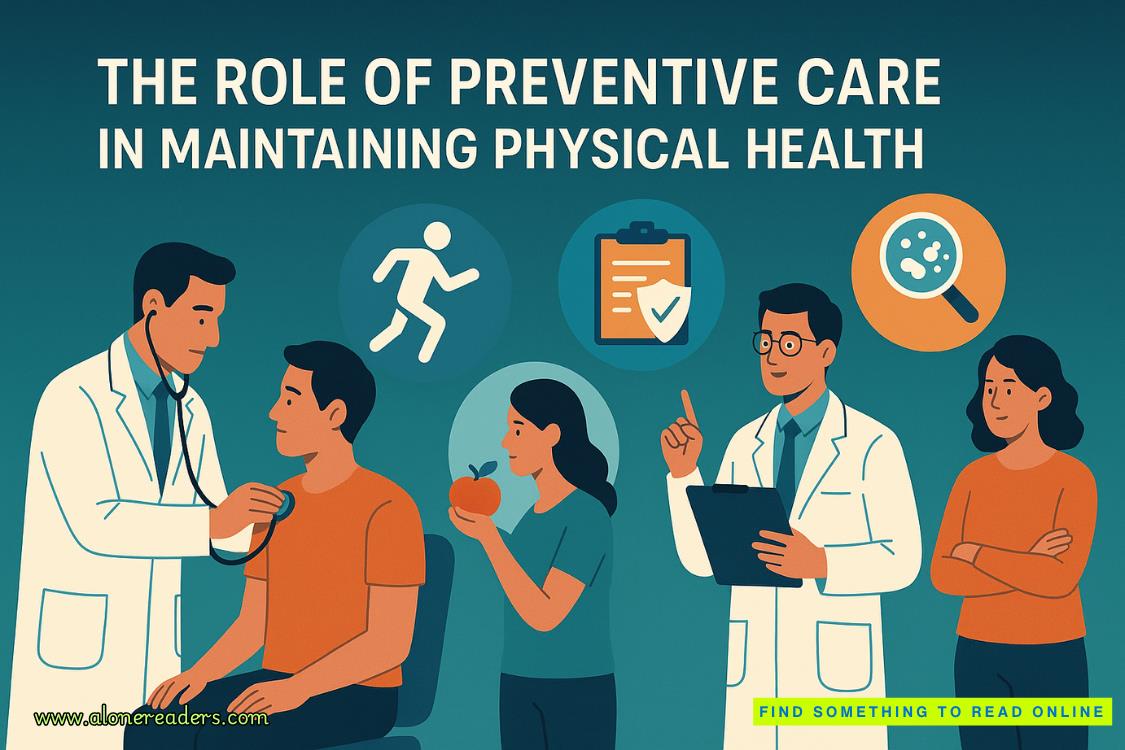The president's chief of staff was the last person to arrive at the Camp David entrance, and once she was inside, the immense doors began their unnerving slow grind to their shut position. Once the doors were closed, the inhabitants were safe against all but a direct strike by a large nuclear weapon. Site R was built to house several hundred people for a period of four to six weeks depending on how food and water was dispersed. Most impressive, though, was its exact replica of the National Military Command Center (NMCC) that sits in the bowels of the Pentagon.
The NMCC, which is pronounced "Nimic," is essentially a cavernous war room where the Joint Chiefs and their staffs can monitor and, if need be, run a war that is taking place anywhere in the world. Due to the size of the Pentagon, and the fact that the room sits beneath layer upon layer of reinforced concrete, it is deemed a semihardened facility able to handle anything up to a near strike by a ten kiloton nuke.
Back when the U.S. and the former Soviet Union were in their nuclear arms race, both countries began building these bunkers at a feverish pace. The idea was to create redundancy so that it would be extremely difficult for the opponent to take out your entire command-and-control network. Within several hundred miles of Washington there were six such facilities. In addition, there was the Strategic Air Command, or SAC, in Omaha; the North American Air Defense Command, or NORAD, in Colorado Springs; and a dozen others sprinkled across the vast American landscape.
The Soviets did the same thing, but both nations fell victim to one simple problem. It was easier to build bombs than bunkers. With both sides at their peak having more than 10,000 nuclear warheads, military planners were able to put on the board targeting packages that would hit all of the other side's command-and-control bunkers with however many nukes it took to destroy each facility. The briefly indestructible bunkers, places built to ensure survivability, began to be viewed by many as tombs.
Psychologically speaking, one thing saved each country: mutually assured destruction, or MAD. The Soviets wanted to live just as much as the Americans did. On those rare occasions when the world was taken to the brink, the leaders on both sides ultimately knew that if they ordered a nuclear strike, they would be not just killing the enemy, they would be signing their own death certificates as well as those of their family and almost everyone they knew.
MAD, despite its ignoble characteristics, had served humanity quite well. The same pragmatism did not apply to the new hostilities, however. There was no rationalizing with religious zealots who were willing to wantonly sacrifice their own lives and those of others. There was no mutually assured destruction, there was only destruction.
Destruction of unimaginable proportions. That was what was on President Hayes's mind as he stood at the glass wall of the conference room looking down into Site R's command center. Military personnel sat at computer consoles or scurried about. Across from the president was a large projection screen that showed the current deployment and readiness of America's armed forces. He watched as designations began to change. Hayes expected it. He'd just given General Flood, the chairman of the Joint Chiefs of Staff, the approval to take the armed forces from their normal peacetime readiness of Defcon 5 to Defcon 4. In addition, plans were already under way to take the Seventh Fleet and Central Command to Defcon 3 if needed. He was told it was standard procedure given the situation. Hayes could already see where this insanity could take them. The hawks at the Pentagon hadn't said it yet, but they would shortly.
If a nuke went off in D.C., they would not just push for retribution, they would demand it, and the president would have a hard time stopping them. The only problem was who, where, and what to strike back at.
Irene Kennedy approached the president. "Sir, we're ready to get started."
Hayes took his spot at the head of the conference table. At the opposite end of the room the large video screen was split in three. The left third showed Secretary of Defense Culbertson and General Flood who were in the NMCC at the Pentagon. The middle portion showed Vice President Baxter, Treasury Secretary Keane, and Secretary of the Department of Homeland Security McClellan. All three men were tucked away at Mount Weather, another secure bunker west of D.C. The last third showed Attorney General Stokes and FBI Director Roach, who were at the new Joint Counterterrorism Center. In the room with the president was Secretary of State Berg, National Security Advisor Haik, Chief of Staff Jones, and CIA Director Kennedy. The combined assembly made up the president's National Security Council, and more often than not lately they had been conducting their meetings via secure video teleconference.
President Hayes, knowing that much of the group was in the dark as to what was going on, turned to CIA Director Kennedy and said, "Irene, would you please bring everyone up to speed?"
Kennedy began in her typically calm, analytical voice. "As most of you know, starting last week we noticed some trends in the financial markets that gave us concern. In addition to that there was an increase in chatter. On Monday morning we were alerted to a suspected gathering of top al-Qaeda members in a small village near the Afghanistan-Pakistan border. About nine hours ago American Special Forces hit the village."
Before Kennedy could continue Secretary of State Berg asked, "On which side of the border did the village sit?" It was apparent by her tone that she already knew the answer.
"The Pakistani side."
Berg, a much revered and respected former senator, slowly shifted her chilly gaze from Kennedy to the president. "And why wasn't I informed of this?"
Hayes was in no mood to waste valuable time refereeing turf battles. "You weren't told because I didn't want the Pakistanis to know." He looked back to Kennedy. "Continue."
Kennedy cleared her throat. "Three top al-Qaeda members were nabbed in the raid along with several smaller figures. In addition several computers were discovered along with a lot of files. One piece of intel in particular gave us great concern. It was a map of Washington, D.C." Kennedy entered several key strokes and an image of the map appeared on the monitors that were embedded in the surface of the conference table and on the monitors at the other installations.
"For those of you who have seen one of these before, you will recognize the circles that emanate from the National Mall as the blast radius of a nuclear weapon. In addition to the map a bomb damage assessment was found."
"What size bomb are we talking?" asked the president's chief of staff.
"Twenty kilotons," answered Kennedy.
"Is that big?"
Kennedy looked up at the teleconferencing screen and said, "General Flood."
The Chairman of the Joint Chiefs said, "For a nuke it's pretty small, but then again when you're talking about a nuke nothing is really small."
"How much damage?" asked the president.
"That's contingent on whether we're looking at an air burst or ground detonation, and if it's detonated during the middle of the day or in the evening. Immediate casualties could be as low as twenty thousand if it's a ground detonation and could climb to half a million people or more if it's an air burst during the middle of a work day."
An uncomfortable silence fell over the group as individuals grappled with the enormity of the possible carnage. Someone muttered a soft curse, and then General Flood added, "In addition to the casualties the city itself would be uninhabitable for anywhere from thirty to seventy years depending on the radiation fallout."
"Dr. Kennedy," asked Attorney General Stokes, "I'm assuming since you ordered Operation Ark, that there is more to go on than just
this map."
"Yes. For some time we have been trying to ascertain the whereabouts of several missing Pakistani nuclear scientists. In the raid, we discovered files that detail the recruitment and defection of these scientists. I've got people pouring through this intelligence as we speak trying to get a more complete picture of what we're up against, but as of right now my team says there is little doubt that these scientists were successfully recruited by al-Qaeda. In addition we also have verbal confirmation from one of the terrorists that the attack on D.C. will employ a nuclear weapon."
"How in the hell," asked Secretary of Defense Culbertson, "did these guys get their hands on a nuclear weapon?"















